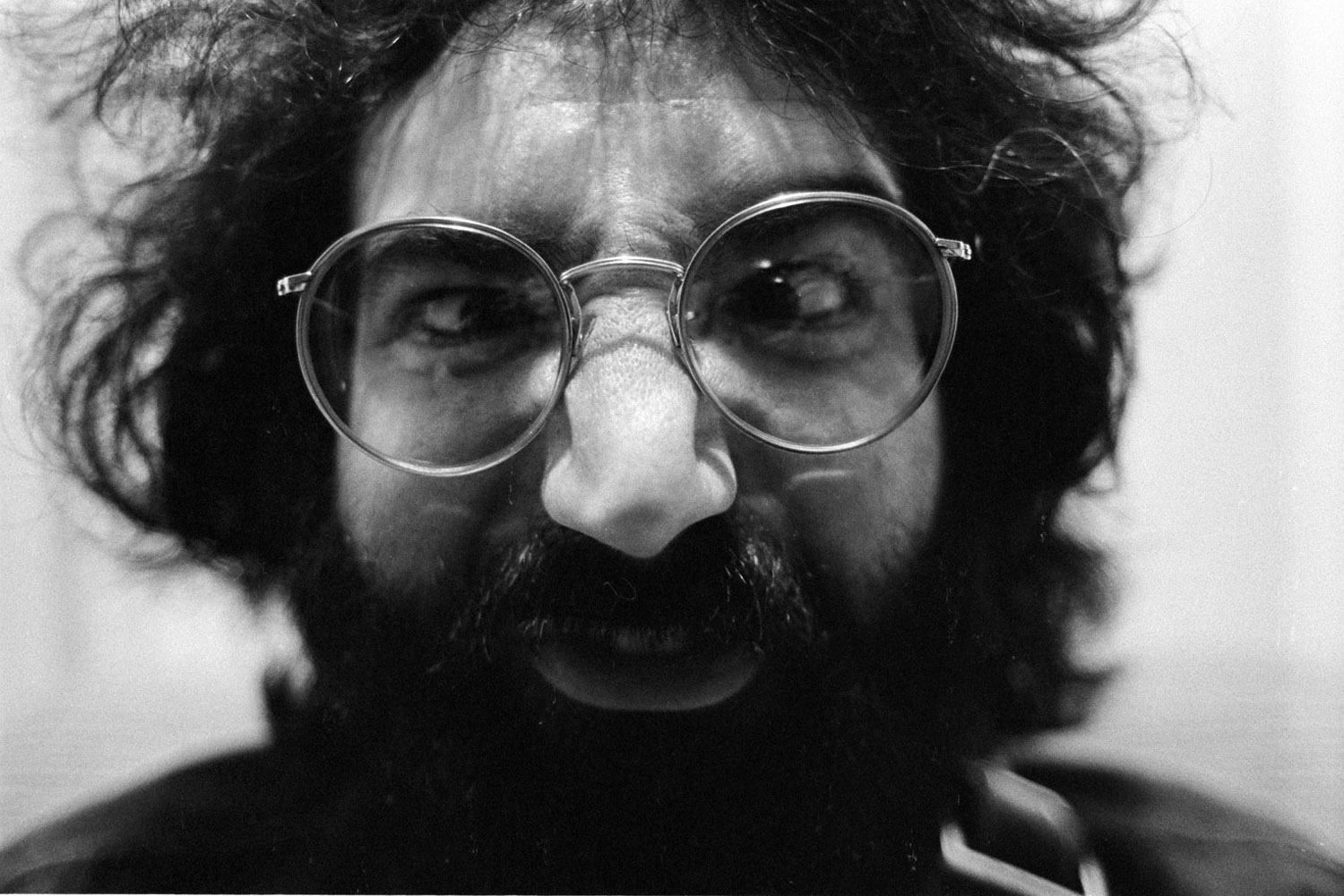
On what would have been Jerry Garcia’s 70th birthday, LightBox presents a collection of images of the iconic Grateful Dead frontman taken by legendary music photographer Jim Marshall.
Any counterculture worth its salt will eventually succeed in having its values coopted by the broader culture. This, of course, can lead to such ironic outcomes as The Grateful Dead–the once underground ambassadors of indolence, free love and heavy drugs–becoming the best selling concert act in all of America, beloved by long-haired liberals and buttoned-down Reaganites alike.
And Jerry Garcia, the lead guitarist, singer and spiritual glue of America’s Greatest Touring Band, contained a few contradictions of his own. For instance, he was one of rock music’s most revered guitarists –named by Rolling Stone as the 13th greatest of all time–but was missing a finger in his right hand. He was a counterculture icon who profited handsomely from hawking ties and ice cream. And most tragically, he was an ardent advocate of mind-expanding drugs, but spent much of his life hobbled by addictions to cocaine and heroin.
Garcia, who would have turned 70 on Aug. 1, cut his teeth in the small San Francisco folk music scene of the early 1960s playing in a jug band with future Dead members Bob Weir and Ron “Pigpen” Mckernan. But Garcia and his hometown of San Francisco were quickly shaken from their attachment to the staid aesthetics of folk music by the arrival of LSD. The drug inspired Garcia to give up his half-hearted attempt at raising a family and earning a steady paycheck. As he told Jan Wenner in 1972:
“It just changed everything you know, it was just – ah, first of all, for me personally, it freed me, you know, the effect was that it freed me because I suddenly realized that my little attempt at having a straight life and doing that was really a fiction and just wasn’t going to work out.”
From its humble beginnings as the house band for Ken Kesey’s famous “Acid Test” parties in the Bay Area in the mid-to-late sixties, the Grateful Dead went on to tour the world and build one of the most loyal and ardent fan bases in the history of rock and roll. It did so not on the strength of platinum records, but on it’s reputation for lively and improvisational live shows, which featured foremost the dulcet guitar work and silky voice of Jerry Garcia. Garcia didn’t posses the raw power of a Jimmy Page or the slick perfectionism of Eric Clapton–but he did have a remarkable feel for the instrument, as well as an unrivaled musical intuition. As Rolling Stone told it,
“Garcia could dazzle on slide (“Cosmic Charlie”) or pedal steel (“Dire Wolf”), but his natural home was playing lead onstage, exploring the frontier of psychedelic sound. The piercing lyricism of this tone was all the more remarkable for the fact that he was missing the third finger of his right hand — the result of a childhood accident while he and his brother Tiff were chopping wood.”
And though The Grateful Dead were never chart-toppers at their peak like Led Zeppelin or The Rolling Stones, their influence is just as palpable today as those bands. In an age where fewer and fewer artists can make an honest living by selling records alone, the live show has become the medium through which many artists make their most significant artistic statements. Acts like stadium-packing Phish owe a huge debt to The Grateful Dead’s improvisational style.
But beyond the music, much of The Grateful Dead’s popularity can be attributed to Jerry Garcia’s magnetic personality. The man’s shaggy beard and incandescent smile are not only a defining image of his own band, but for sixties music in general. And those who knew him best were in awe of his ability to enthrall. “Insofar as you were able, you were an exponent of a dream in the continual act of being defined into a reality,” wrote Garcia’s longtime lyricist, Robert Hunter on the anniversary of his death. “You had a massive personality and talent to present it to the world. That dream is the crux of the matter, and somehow concerns beauty, consciousness and community.”
Chris Matthews is a writer-reporter at TIME.com.
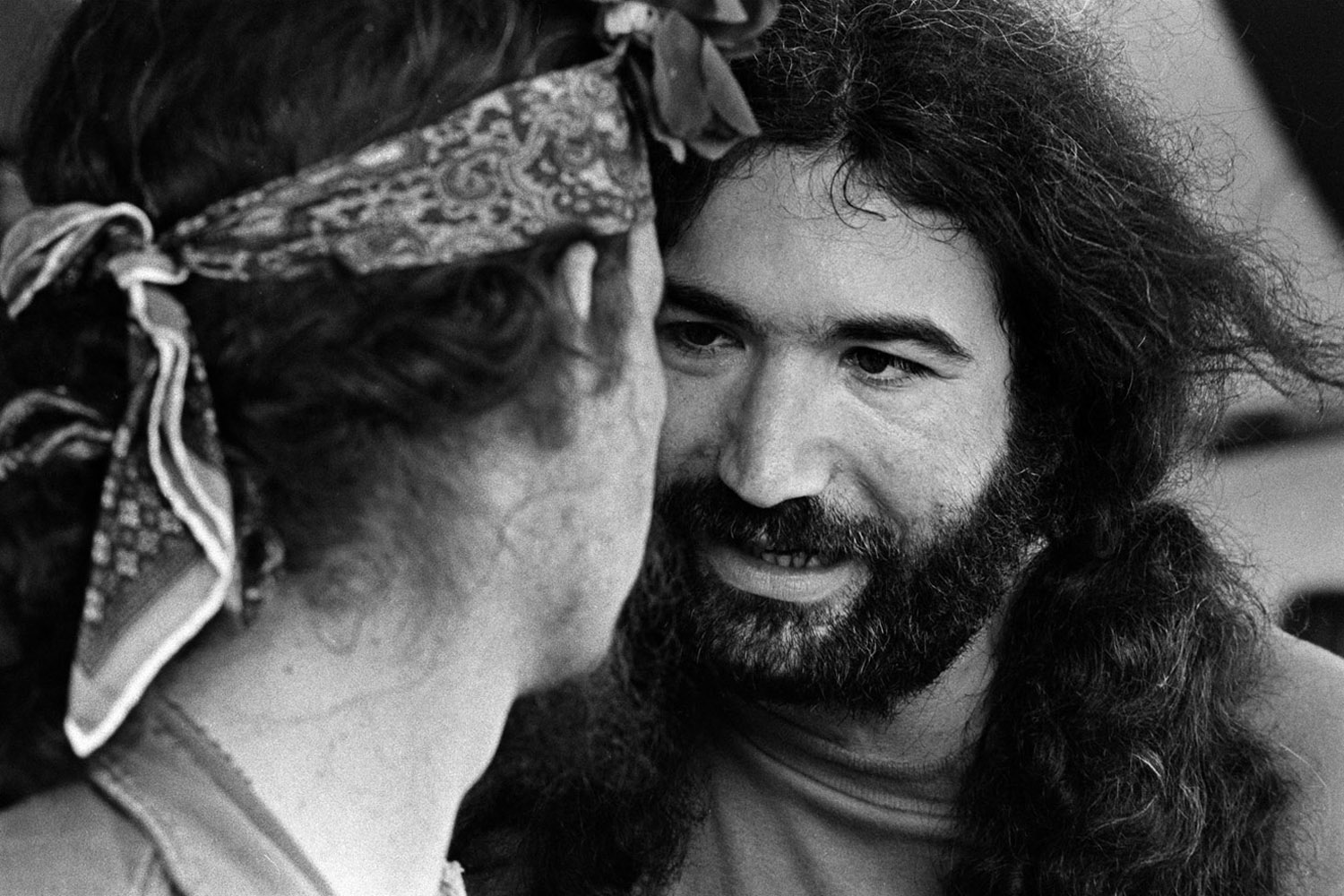
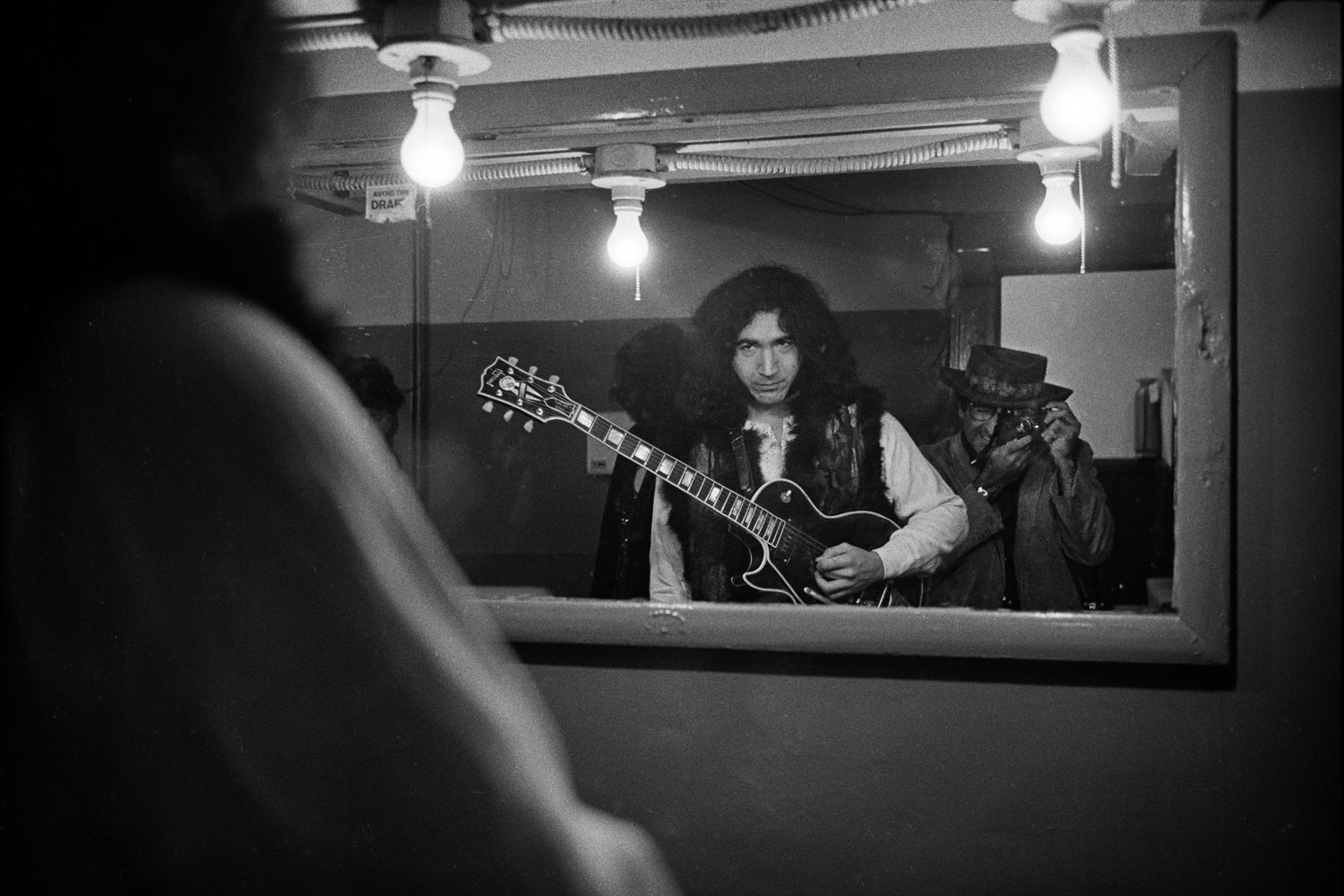

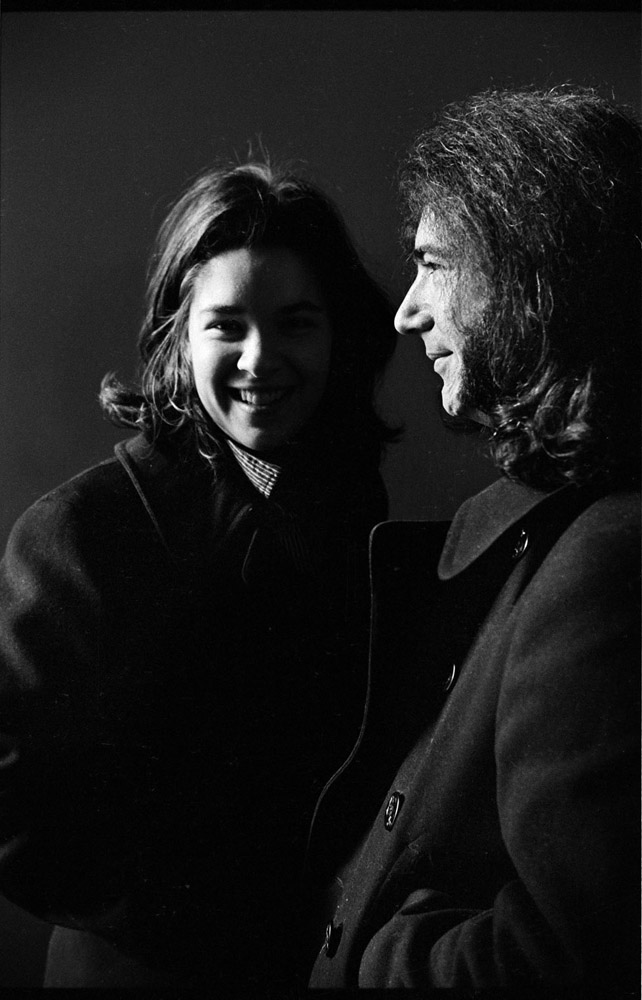
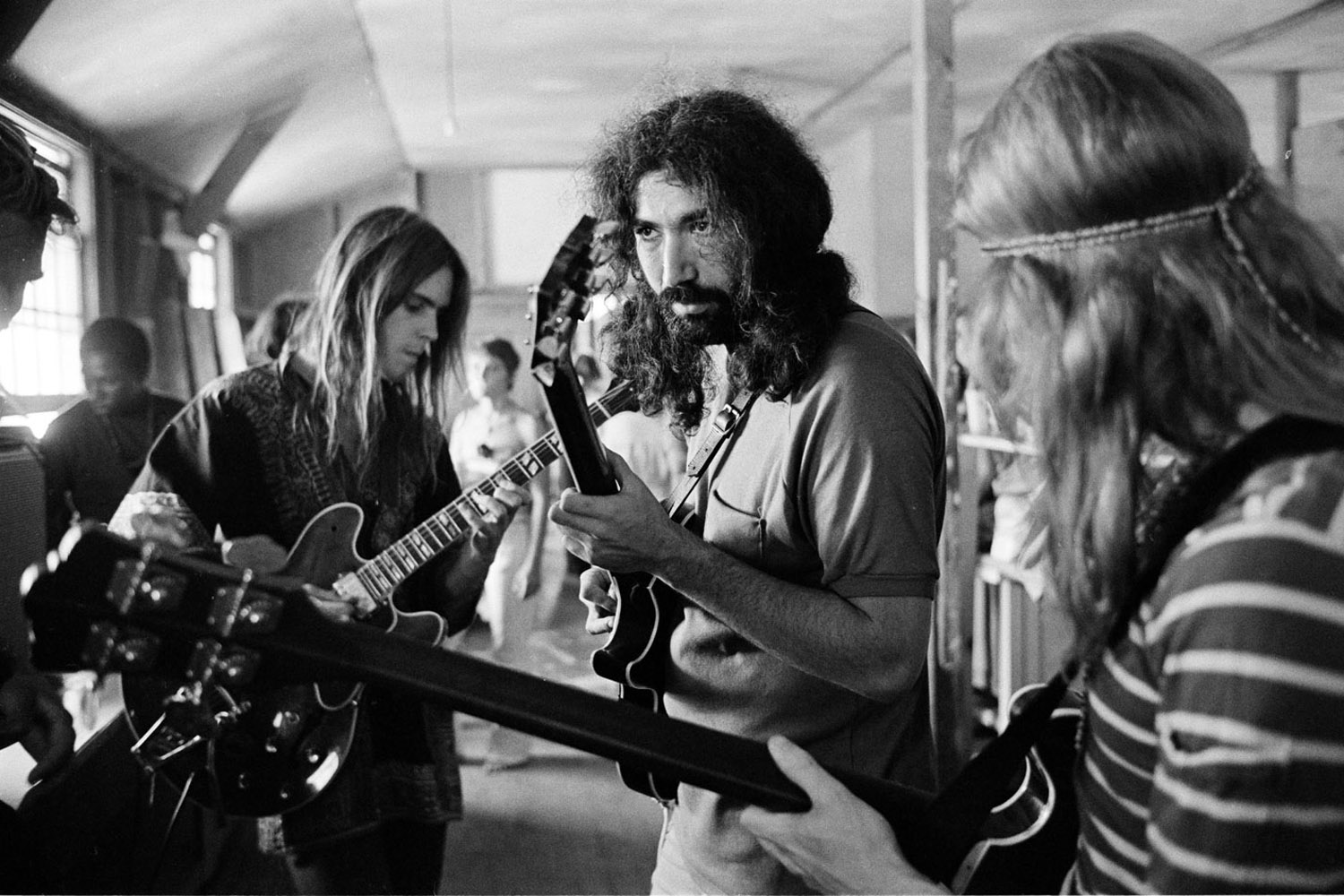
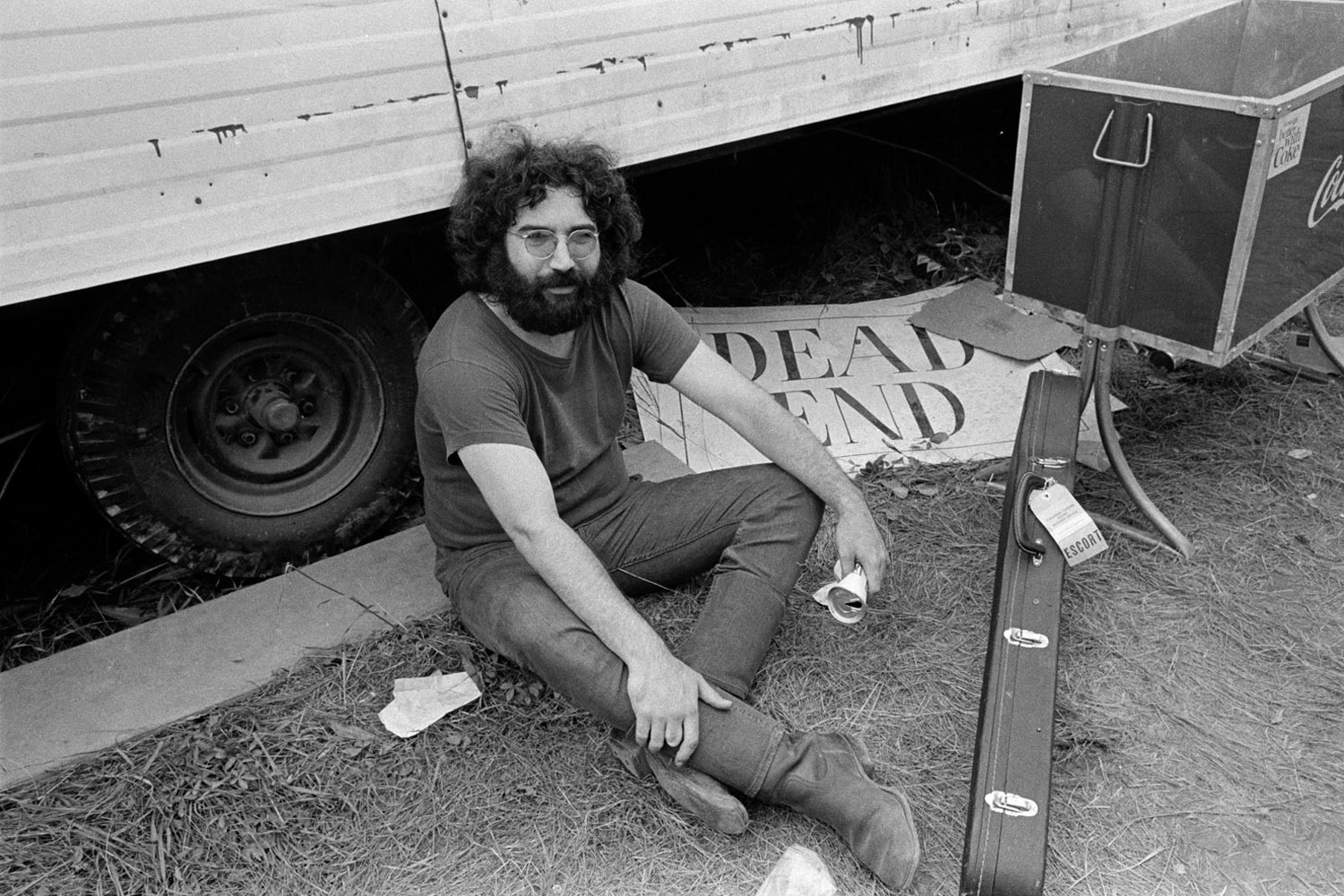
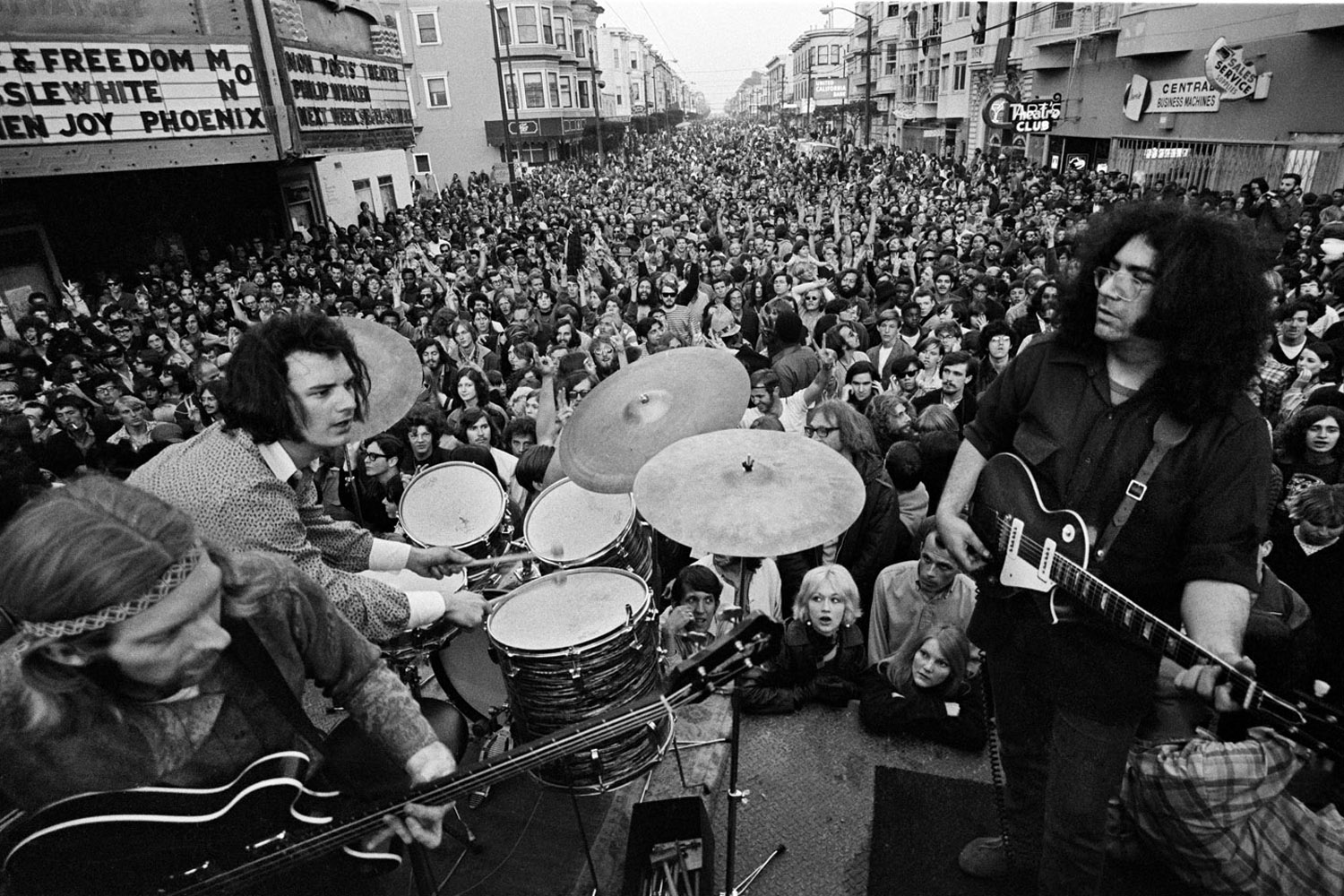
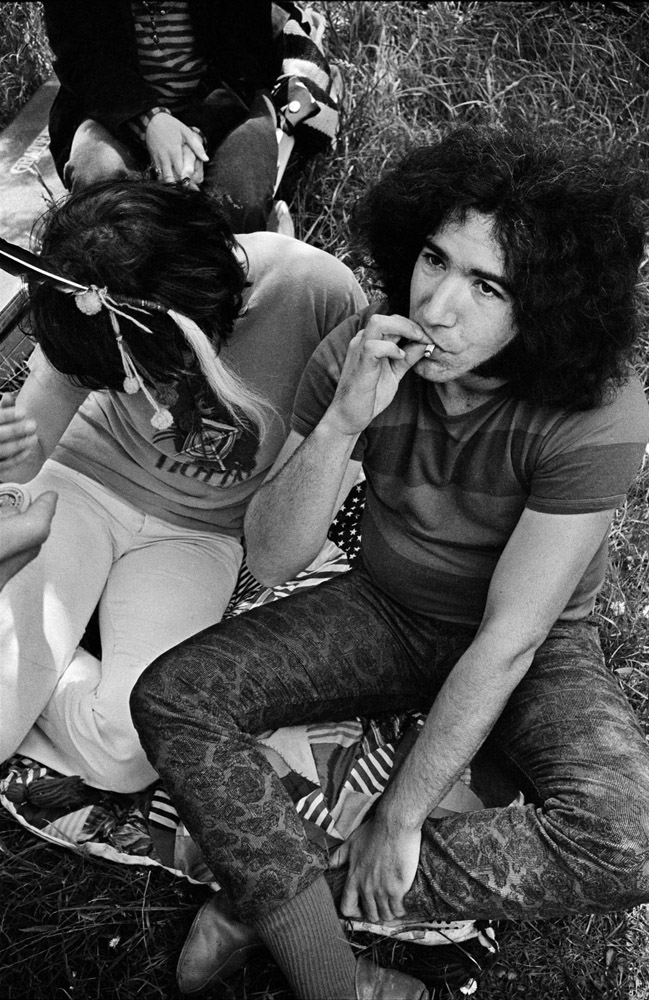


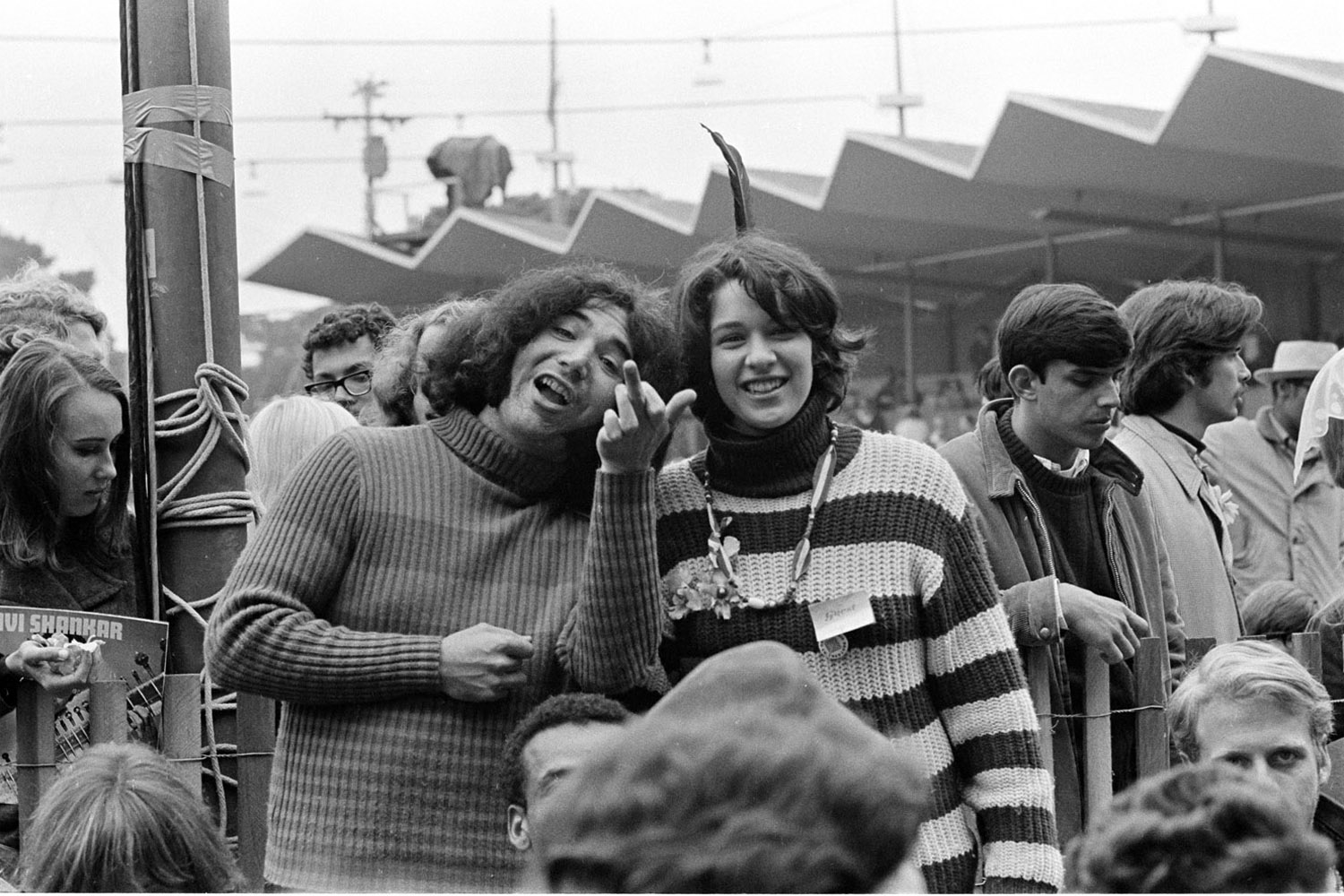
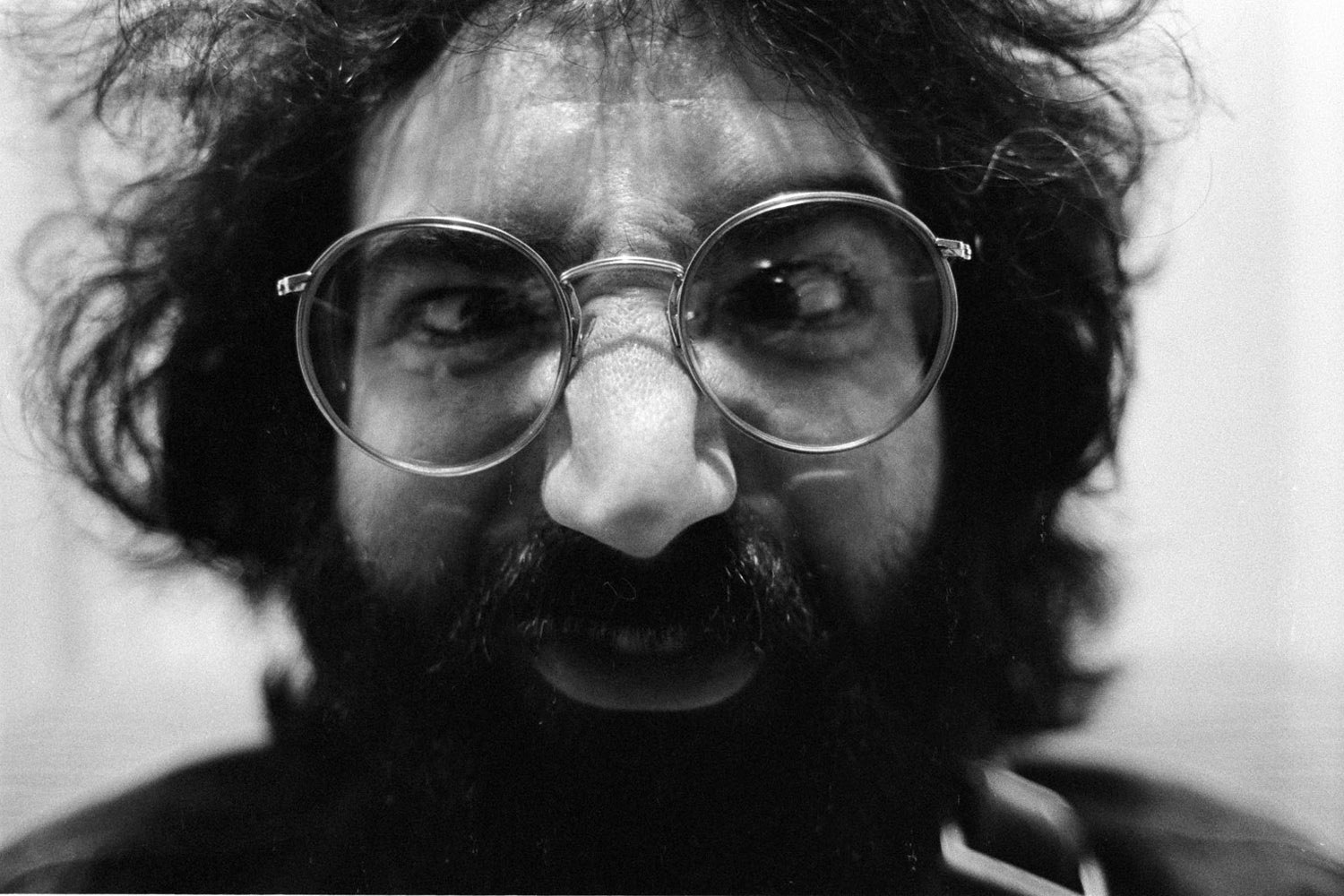
More Must-Reads from TIME
- Why Trump’s Message Worked on Latino Men
- What Trump’s Win Could Mean for Housing
- The 100 Must-Read Books of 2024
- Sleep Doctors Share the 1 Tip That’s Changed Their Lives
- Column: Let’s Bring Back Romance
- What It’s Like to Have Long COVID As a Kid
- FX’s Say Nothing Is the Must-Watch Political Thriller of 2024
- Merle Bombardieri Is Helping People Make the Baby Decision
Contact us at letters@time.com